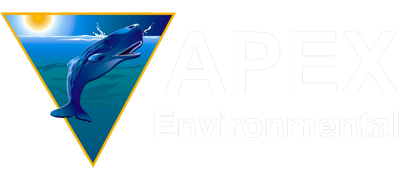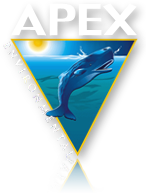Threats
Throughout the waters of the Coral Triangle, there are many current and emerging threats to deep-water habitats and species including:
- increasing fishing pressure (i.e. targeting seamounts and upwelling zones);
- over-exploitation of oceanic marine life and their prey species;
- fisheries interactions (e.g. net entanglement and by-catch);
- accidental ingestion and uptake of marine debris (plastic trash) concentrated in areas of increased ocean productivity (and thus in important habitats for oceanic marine life);
- ship strikes (i.e. for whale sharks and large cetaceans);
- acoustic habitat degradation from ocean noise (shipping, seismic surveys, offshore energy);
- largely unknown impacts of deep-sea mining, a new ocean industry sector;
- impacts of climate change.
There is now a pressing need for improved management and conservation of these sensitive marine habitats and species. However, their needs are currently under-represented in most marine planning initiatives in all member states of the Coral Triangle. Therefore, it is important to consider deep-sea habitats and species in large-scale marine spatial planning (MSP), and in particular when designing and evaluating Marine Protected Area (MPA) networks in the Coral Triangle.



